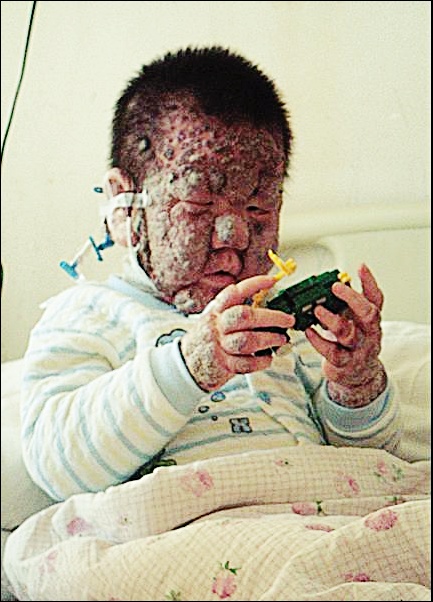| What is Leukemia Tumor? |
Leukemia is a cancer (an abnormal growth of cells) of the blood and bone marrow. Leukemia begins in the immature or developing cells of the bone marrow, the soft, spongy tissue found in the central cavities of bones. A person who has leukemia suffers from an abnormal production of blood cells, generally leukocytes (white blood cells).

| What are the types of Leukemia? |
Leukemia tumor has two types there are acute leukemia and chronic leukemia. Acute Leukemia develops within days to weeks, and large numbers of immature cells called “blast” build up. These cells cannot function as well as normal white blood cells, so people with acute leukemia are at a higher risk of infection. Chronic leukemia is a progresses over the course of months to years, involves overproduction of mature white blood cells that cannot function like normal white blood cells. There are 4 types of leukemia:
- Acute Lymhocytic Leukemia (ALL)
This type of leukemia is the most common in children. It is the result of an uncontrolled production of a type of white blood cell called lymphocytes.This causes a buildup of the immature forms of lymphocytes. The high numbers also interfere with the production of red blood cells and platelets.
- Chronic Lymphocytic Leukemia
These types of leukemia most often occurs in people over 55 years of age. It is the most common type of leukemia overall, and occurs about twice as often in men as in women.
- Acute myeloid leukemia (AML)
These types of leukemia causes uncontrolled production of another type of white blood cells called myelocytes. This causes an overgrowth of their immature cells called myeloblasts. This interferes with the levels of functioning red blood cells, platelets, and normal white blood cells.
- Chronic myelogenous leukemia
This type of leukemia occurs more slowly and has less effect on the development of other cell types. Chances of getting this disease are very low for children but increase with age.
| What is a cause of Leukemia? |
For most people with leukemia, there is no way to identify what causes it. In some cases, though, specific risk factors can be identified:
- Previous Chemotherapy or radiation therapy
- Exposure to high doses of radiation or to benzene (found in unleaded gasoline, tobacco smoke, chemical production facilities).
- Family History
- Genetic abnormally, such as an abnormality on chromosome 22 (also known as the Philadelphia chromosome)
- Genetic disorder, such as Down syndrome and Fanconi anemia.
 |
Search for Best Treatment Leukemia Tumor in Google search here |
